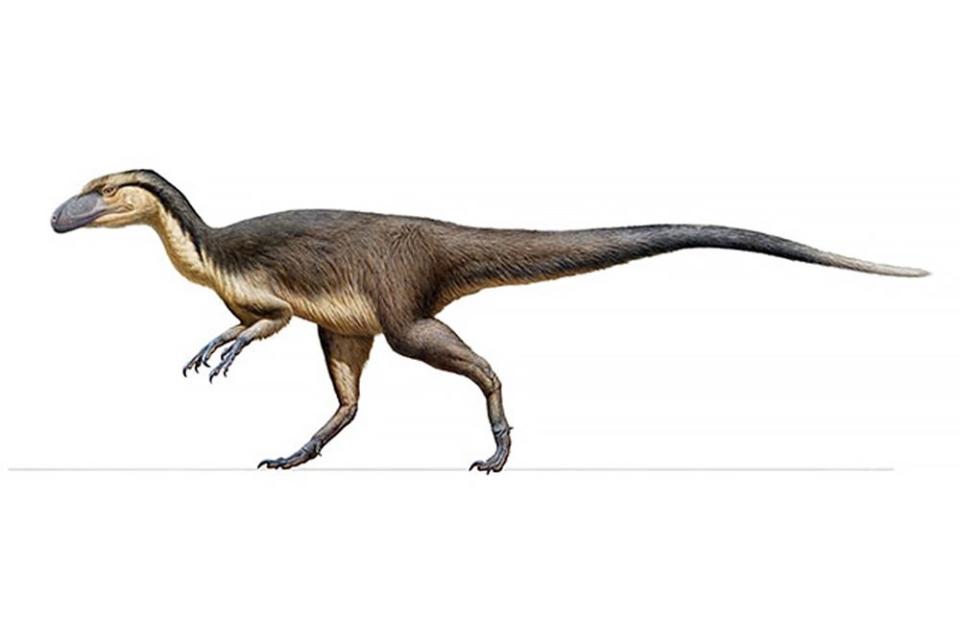Fluffy Dinosaurs Actually Existed and Lived at the South Pole, Scientists Discover

New research suggests that dinosaurs may have had a secret way of staying warm in ancient polar habitats — feathers!
According to a recent study published in the Gondwana Research journal, scientists have found reason to believe that dinosaurs in the southern polar circle may have used feathers as a way to cope with the freezing weather.
The study was completed by a team of scientists who looked at 118-year-old fossils found in Koonwarra, Australia, but later showed up close to the South Pole a thousand years later, CNN cited.
For the first time ever, scientists found something different in these fossils: evidence of “proto-feathers from meat-eating dinosaurs,” a press release reported, making this the initial discovery of feathered dinosaurs at such a high latitude.

“The discovery of ‘proto-feathers’ at Koonwarra, therefore, suggests that fluffy feather coats might have helped small dinosaurs keep warm in ancient polar habitats,” author Martin Kundrat explained in the study.
However, the “proto-feathers” that were discovered on the prehistoric animals were more comparable to “hair-like” feathers, not the typical fuzzy feathers found on birds, the release clarified.
RELATED: Doting Dad Uses a Projector to Dazzle His Daughter, 7, with Dinosaurs Outside Her Window
Scientists also discovered that the feathers were unique from one another as they found “distinct bands” of melanosomes or color pigmentation on the fossilized feathers.
Research also suggested the feathers were a darker color, which could have possibly been used as camouflage or for extra heat absorption.
RELATED: Texas Family May Have Just Won the Viral Pregnancy Announcement Game with This T-Rex Themed Photo
“These Australian fossil feathers are therefore highly significant because they came from dinosaurs and small birds that were living in a seasonally very cold environment with months of polar darkness every year,” added second author Benjamin Kear.

